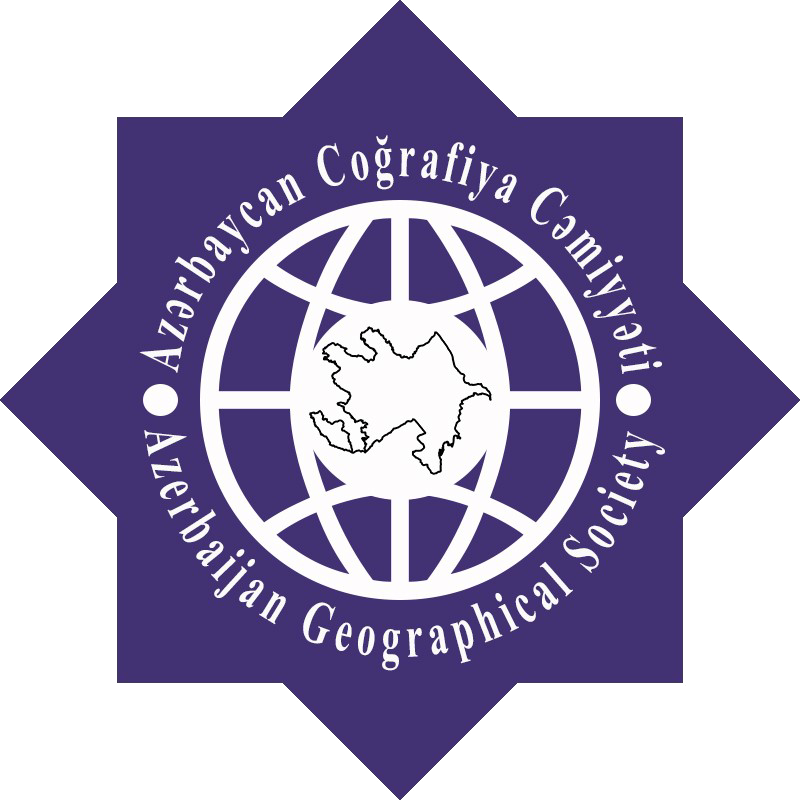CLAY MINERALS OF THE PRODUCTIVE SERIES (SURAKHANY SUITE) AND ITS PALAEOCLIMATIC SIGNIFICANCE
Y.N.Taghiyeva, Z.N.Javadzade, E.A.Abdullayev
Abstract. The clay minerals can be significant indicator of palaeoclimate. Only detrital clay minerals without any diagenetic alternation may be used in reconstruction palaeoweathering which is controlled by climate. The results showed that the sediments of Surakhany Suite (Upper Division of the productive Series) is characterised by high amount of illite. It indicates that palaeoclimate was arid in source area, which was the Russian Platform. However high amount of smectite in interval 1-2.1 m suggest relatively humid climate in the Russian Platform for the time.
REFERENCES
- Ağayev, A.A., Çökmə proceslərin geokimyası. Adil oğlu, Baku. 136 s.
- Алиева Э.Г., Алиев Ч.C., Гусейнов Д.А., Бабаев Ш.А., Мамедов Р. M. 2008. Условия седиментации отложений нижнего отдела продуктивной толщи и их естественная радиоактивность. Стратиграфия и седиментология нефтегазоносных бассейнов, № 2, с. 91-110.
- Abdullayev, E and Leroy, S. A.G. 2016. Leroy Provenance of clay minerals in the sediments from the Pliocene Productive Series, western South Caspian Basin. Marine and Petroleum Geology 73, 2016, p. 517-527.
- Biscaye, P.E., Distinction between kaolinite and chlorite in recent sediments by X-ray diffraction. American Mineralogist 49, 1964, 1281–1289.
- Biscaye, P.E., 1965. Mineralogy and sedimentation of recent deep sea clay in the Atlantic Ocean and adjacent seas and oceans. Geological Society of America, Bulletin, 76, 803–832.
- Chamley, H., 1989. Clay sedimentology. Springer-Verlag, Berlin, Heidelberg, New York, 623 p.
- Esquevin, J., 1969. Influence of chemical composition of the clay on the crystallinity. Bulletin des Centres de Recherches de Pau-Societe Nationale des Petroles d’ Aquitaine 3, p. 147-154.
- Fagel, N., 2007 Clay minerals, deep circulation and climate. Development in Marine Geology 1, p. 139-176.
- Forte, A.M., Cowgill, E., 2013. Late Cenozoic baselevel variations of the Caspian Sea: A review of its history and proposed driving mechanisms. Palaeogeography, Palaeoclimatology, Palaeoecology 386, p. 392-407.
- Franke, D., Ehrmann, W., 2010. Neogene clay mineral assemblages in the AND-2A drill core (Mc Murdo Sound, Antarctica) and their implications for environmental change. Palaeogeography, Palaeoclimatology, Palaeoecology 286, p. 55-65.
- Gradusov, B.P., 1974. A tentative study of clay mineral distribution in soils of the world. Geoderma 12, p. 49-55.
- Hinds, D.J., Aliyeva, E., Allen, M.B., Davies, C.E., Kroonenberg, S.B., Simmons, M.D., Vincent, S.J., 2004. Sedimentation in a discharge dominated fluvial-lacustrine system: the Neogene Productive Series of the South Caspian Basin, Azerbaijan. Marine and Petroleum Geology 21, p. 613–638.
- Meyers, P.A., Lallier-Verges, E., 1999. Lacustrine sedimentary organic matter records of Late Quaternary paleoclimates. Journal of Paleolimnology 21, p. 345–372.
- Pettijohn, F.J., Potter, P.E., Siever, R., 1987. Sand and sandstone. Springer, Berlin. 552 p.
- Singer, A., 1984. The paleoclimatic interpretation of clay minerals in sediment a review. Earth-Science Reviews 21, p. 251-293.
- Singer, A., 1980. The paleoclimatic interpretation of clay minerals in soils and weathering profiles. Earth-Science Reviews 15, p. 303-326.
- Thiry, M., 2000. Palaeoclimatic interpretation of clay minerals in marine deposits: an outlook from the continental origin. Earth-Science Reviews. 49, p. 201-221.
- Tyson, R.V., Sedimentary organic matter. Chapman and Hall, Oxford, 1995, 615 p.
- Vincent, S.J., Davies, C.E., Richards, K., Aliyeva, E., 2010. Contrasting Pliocene fluvial depositional systems within the rapidly subsiding South Caspian Basin; a case study of the Palaeo-Volga and Palaeo-Kura river systems in the Surakhany Suite, Upper Productive Series, onshore Azerbaijan. Marine and Petroleum Geology 27, p. 2079-2106.
- Wang, X., Zhang, Y., Chen, R., 2010. Distribution and partitioning of polycyclic aromatic hydrocarbons (PAHs) in different size fractions in sediment from Boston Harbor, United States. Marine Pollution Bulletin 42, p. 1113-1149.
- Weaver, C.E., 1989. Clays, Muds, and Shales. Elsevier, Amsterdam, 818 p.
